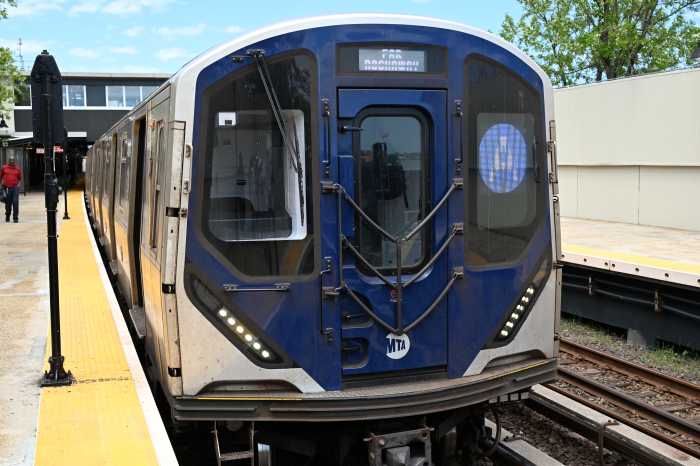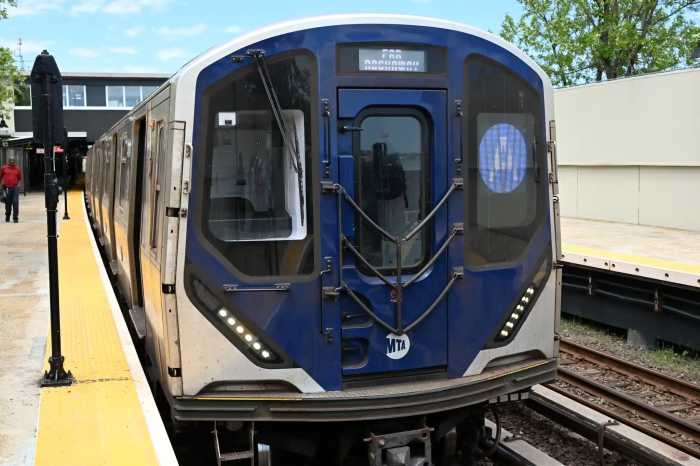Thousands of battery-operated smart devices in New York City cars could help them avoid crashes as part of a new federal pilot project, officials said yesterday.
Called “connected vehicle technology,” the wireless devices communicate with each other, with infrastructure like stoplights and with pedestrians.
The devices can send safety warnings if a driver is moving into a crosswalk with a pedestrian, or a truck is stalled.
“This is the next big technological leap,” said the city’s tranportation commissioner Polly Trottenberg.
City buses, taxis, UPS trucks, and DOT cars will make up the 10,000 vehicles that will be a part of the $20 million pilot program. Pedestrians will participate using smartphone apps. The U.S. transportation department is funding the New York City project with a $20 million grant, as well as similar projects in Florida and Wyoming.
The agency says the technology could reduce crashes by drivers who aren’t impaired, such as by alcohol or drugs, up to 80%. The technology has been tested so far in Ann Arbor, Michigan.
“Imagine having a car that is equipped with technology that can correct human error,” said U.S. DOT Secretary Anthony Foxx.
His agency also says the technology may reduce traffic jams, since fender-benders often significantly snarl traffic.
Design of the program will begin this year, and the devices will start being used in late 2016 or early 2017, officials said.
It hasn’t been who will make the smart device for the city. The DOT said an outside company can bid on its development and production.
Mayor Bill de Blasio’s administration launched Vision Zero in 2013, which strives to bring traffic deaths to zero. A pedestrian is struck by a car every 2 hours in New York City.
Vision Zero has included other pilot projects, such as one the city DOT announced earlier this month where 400 licensed New Yorkers will get a free device and app that uses three tracking programs to look at everything from their gas use to speeding.
They can compete with friends on social media to see who is the best driver, and see where they can find the cheapest gas nearby.
The Taxi and Limosuine Commission also has a project that oufitted cabs with with black boxes that track drivers’ behavior. Some taxis are also using crash-avoidance technology that warn them if they are about to collide with a car, pedestrian, or cyclist.




































